French-Tunisian start-up Kumulus makes water out of thin air
Designed to be used both in cities and remote desert villages, the Kumulus-1 Amphore produces drinking water by capturing the humidity in ambient air
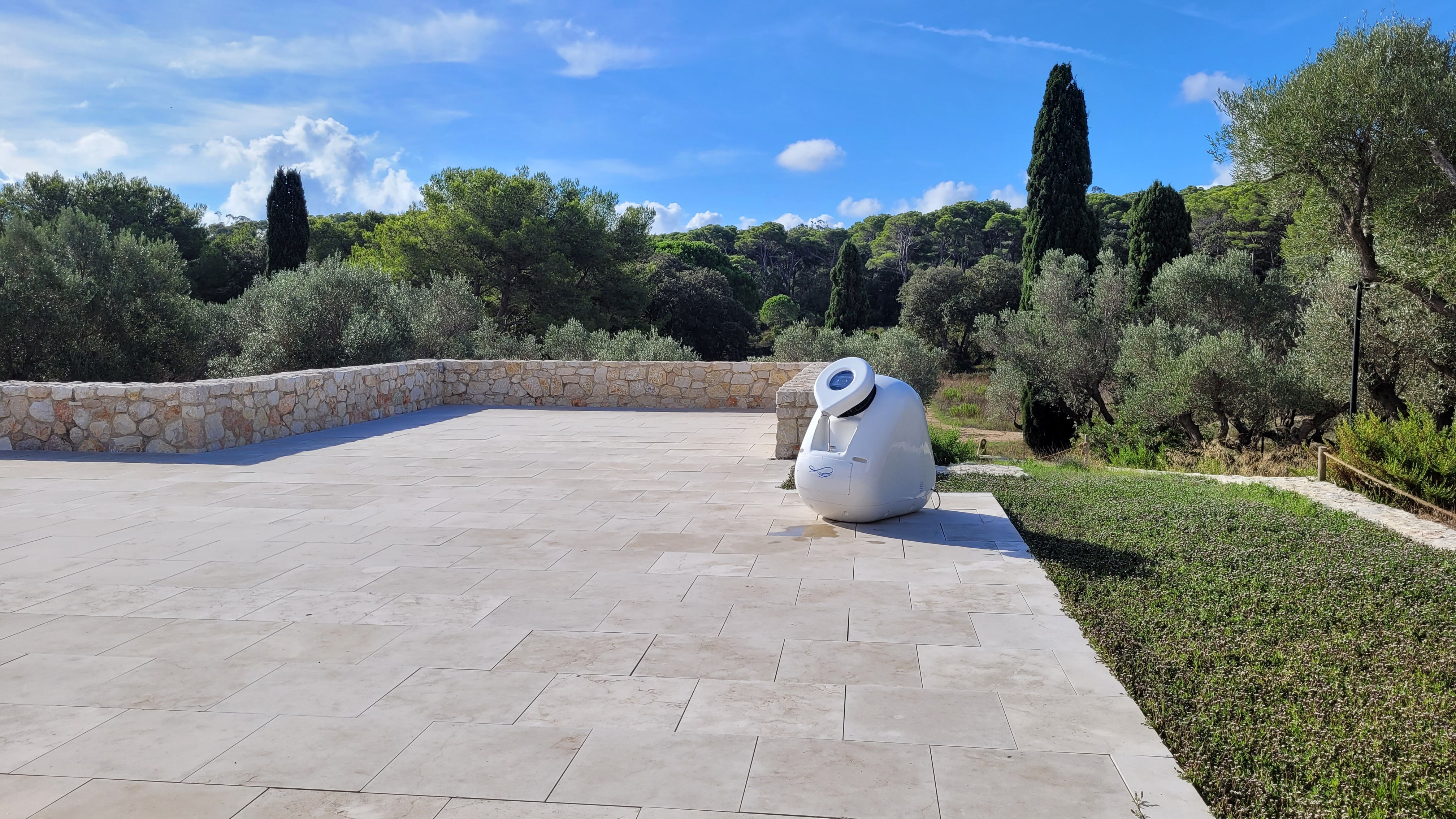
Although it looks like it has just disembarked from a spaceship, the story of the Amphore machine actually began amidst the golden dunes of Tunisia’s Sahara desert, where Kumulus co-founder Iheb Triki enjoyed many camping trips. Struck by the dew clinging to the tents at dawn, ‘a testament to nature’s resilience in even the harshest environments’, he decided to harness this natural phenomenon.

Fog or dew collection is of course an ancient practice, used from South America’s Atacama Desert to Egypt. But Kumulus offers a more efficient, more portable version of the old stone walls once used to create condensation – and with a tastier drink as a result.
And it works in all kinds of climates: ‘Our machine can adapt to local environments; for example, if it is placed in a 40°C environments with 30% humidity, we need to bring the temperature down to around 15°C to create dew,’ writes Triki, the Tunisian engineer who co-founded Kumulus in 2022 with Mohamed Ali Abid, after a stint as a green consultant and studies at École Polytechnique in Paris and Berkeley in California.
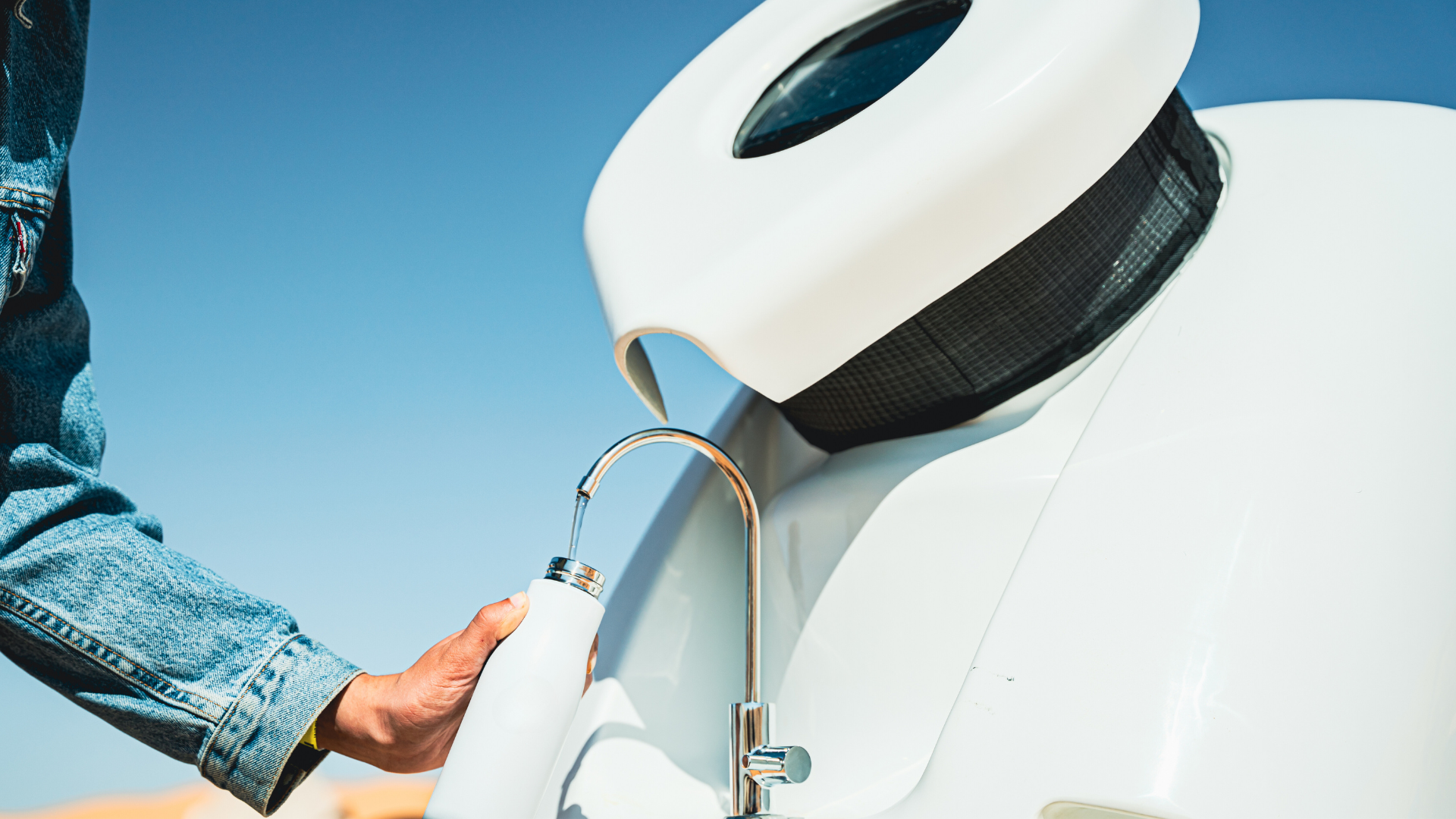
Also known as an atmospheric water generator (AWG), Amphore harnesses the air around us just like solar panels harness the power of the sun. In fact, the 1.50m tall, 60kg machine can be powered by the sun, using a minimum of two solar panels, or plugged into an electrical source. It works by capturing air through its circular opening, then cooling it down to create dew. This water is then filtered twice to eliminate pollution and micro-organisms and remineralised by contact with natural stones.
‘Each machine produces on average 30 litres of drinking water per day, that is to say the consumption of around 20 humans,’ Triki explained recently to a French publication. ‘It is a light, slightly mineralised water, like that recommended for infants. It was very important to us that people found it to taste good, not just that they were happy to see water appear where, at first glance, there was none.’
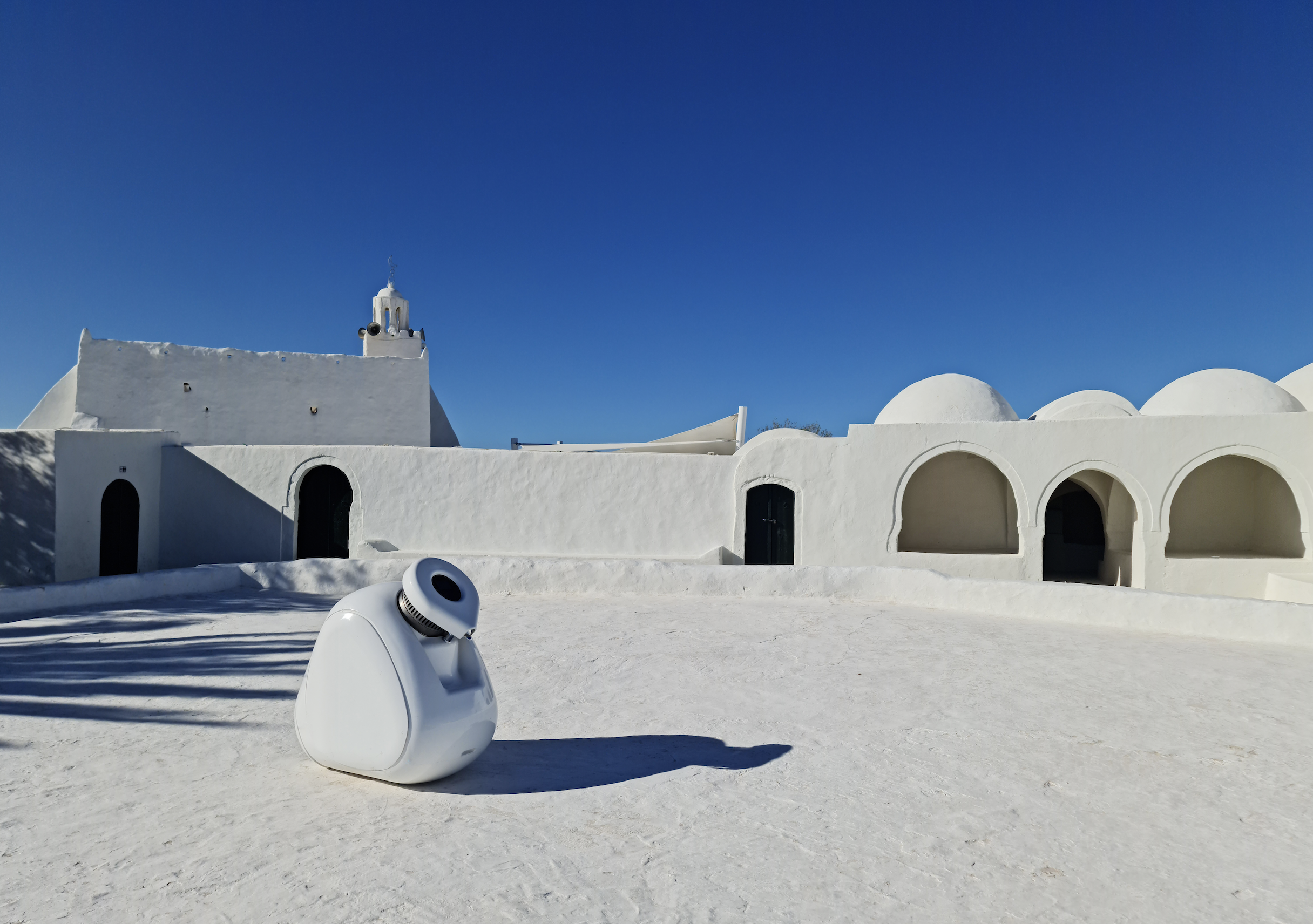
Thanks to Tunisian designer Zouhair Ben Jannet of Air Design, Kumulus has also succeeded in turning its boxy, metallic prototype into a friendly-looking machine – and the winner of Seoul Design Award's 2023 Grand Prize – that is inspired by the terracotta amphoras used as storage jars by the ancient Greeks and Romans, many of which were made in Tunisia.
Sustainably made from injection-moulded recycled plastic, the final design looks at home in a wide variety of settings. It is currently installed at the La Badira eco-friendly luxury hotel in Hammamet, just south of Tunis, as well as in four remote schools in Tunisia.
Wallpaper* Newsletter
Receive our daily digest of inspiration, escapism and design stories from around the world direct to your inbox.
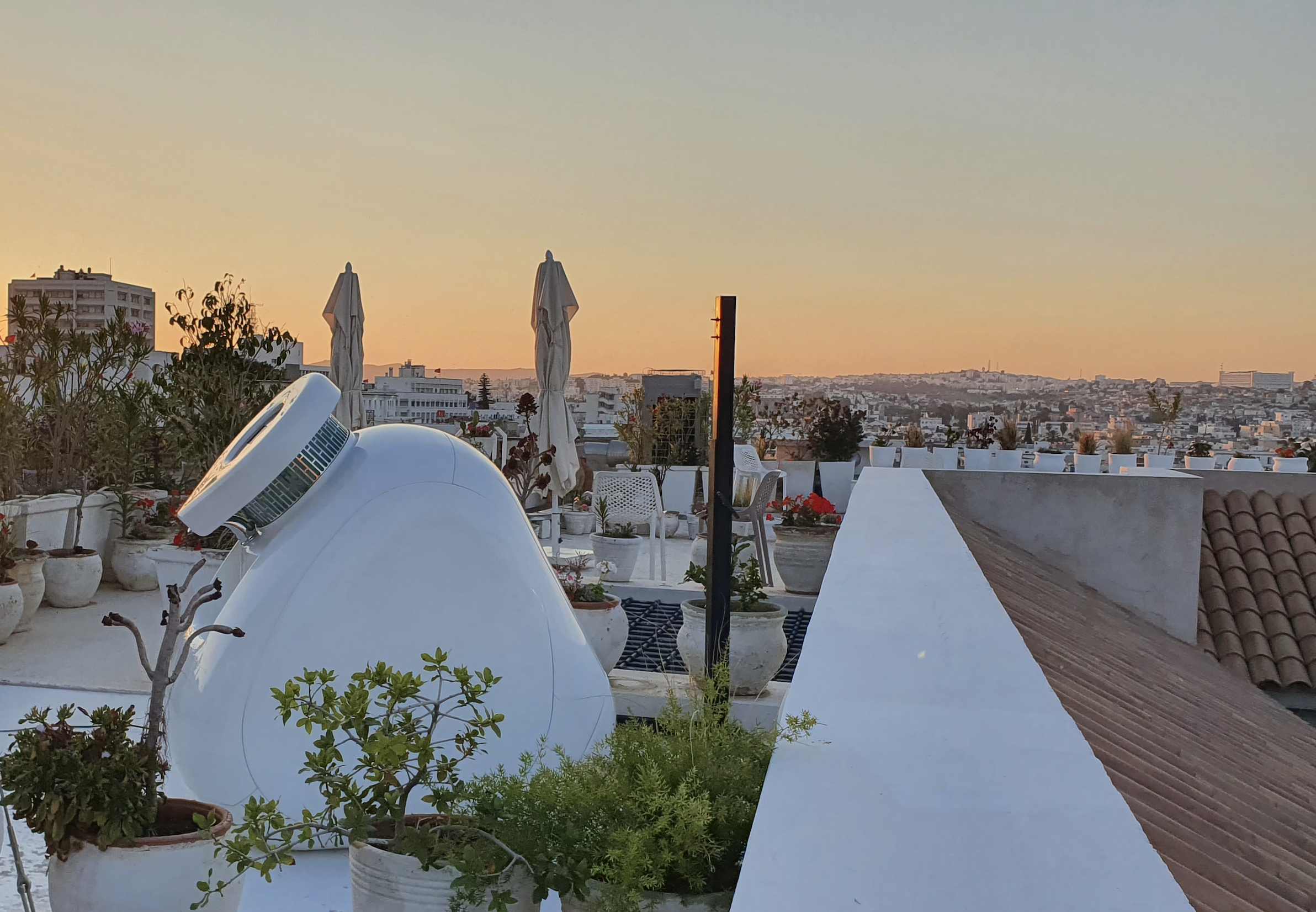
It’s early days for the French-Tunisian start-up, who only launched the Amphore in 2023. But the future is bright for the young company, which was last week shortlisted for the French government’s France 2030 innovation competition.
Not only does it provide an alternative to the use of plastic bottles or sachets, so prevalent on the African continent due to the lack of access to drinking water, but it is also much cheaper to make and to run – only 10 cents per litre – than heavy infrastructure such as desalination plants.
Kumulus is named after a cloud; its machine’s white form offers more than a few hints of the droids of Star Wars (incidentally a film shot partly in Tunisia’s desert); and there’s no doubt it would make the Fremen of Arrakis very jealous. But this water converter is a truly down-to-earth invention – lightweight, practical and environmentally friendly.
Léa Teuscher is a Sub-Editor at Wallpaper*. A former travel writer and production editor, she joined the magazine over a decade ago, and has been sprucing up copy and attempting to write clever headlines ever since. Having spent her childhood hopping between continents and cultures, she’s a fan of all things travel, art and architecture. She has written three Wallpaper* City Guides on Geneva, Strasbourg and Basel.
-
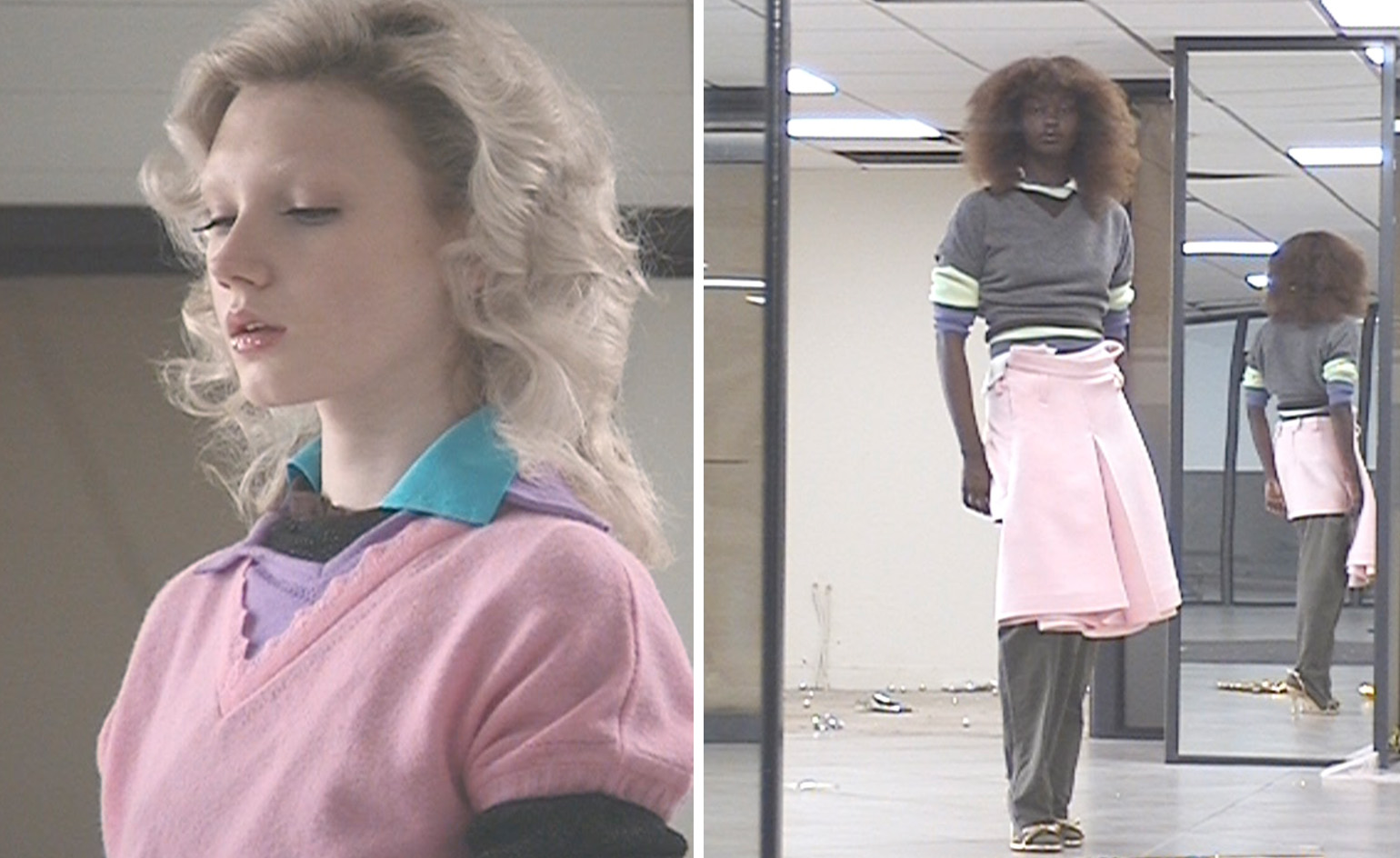 All-In is the Paris-based label making full-force fashion for main character dressing
All-In is the Paris-based label making full-force fashion for main character dressingPart of our monthly Uprising series, Wallpaper* meets Benjamin Barron and Bror August Vestbø of All-In, the LVMH Prize-nominated label which bases its collections on a riotous cast of characters – real and imagined
By Orla Brennan
-
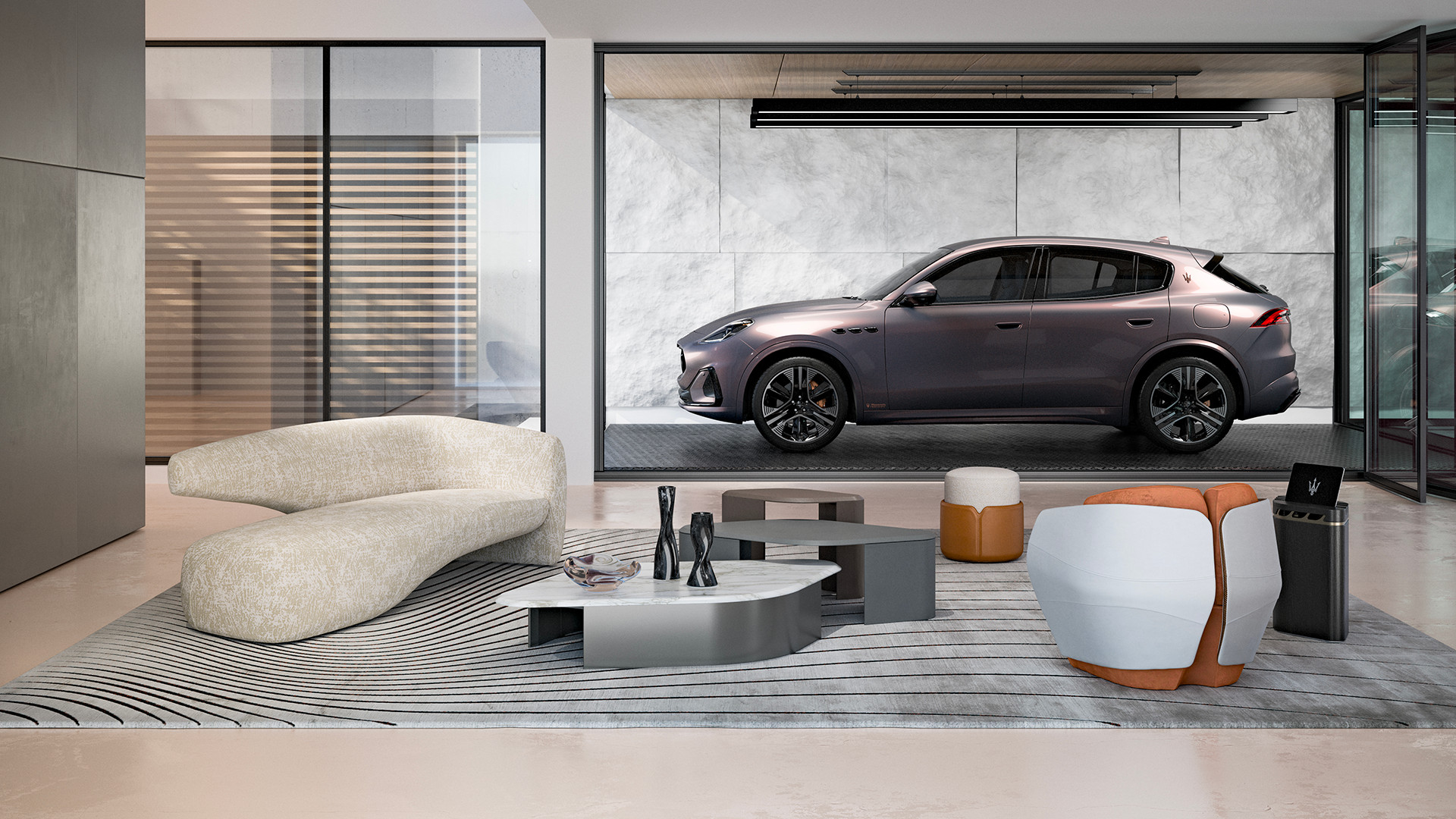 Maserati joins forces with Giorgetti for a turbo-charged relationship
Maserati joins forces with Giorgetti for a turbo-charged relationshipAnnouncing their marriage during Milan Design Week, the brands unveiled a collection, a car and a long term commitment
By Hugo Macdonald
-
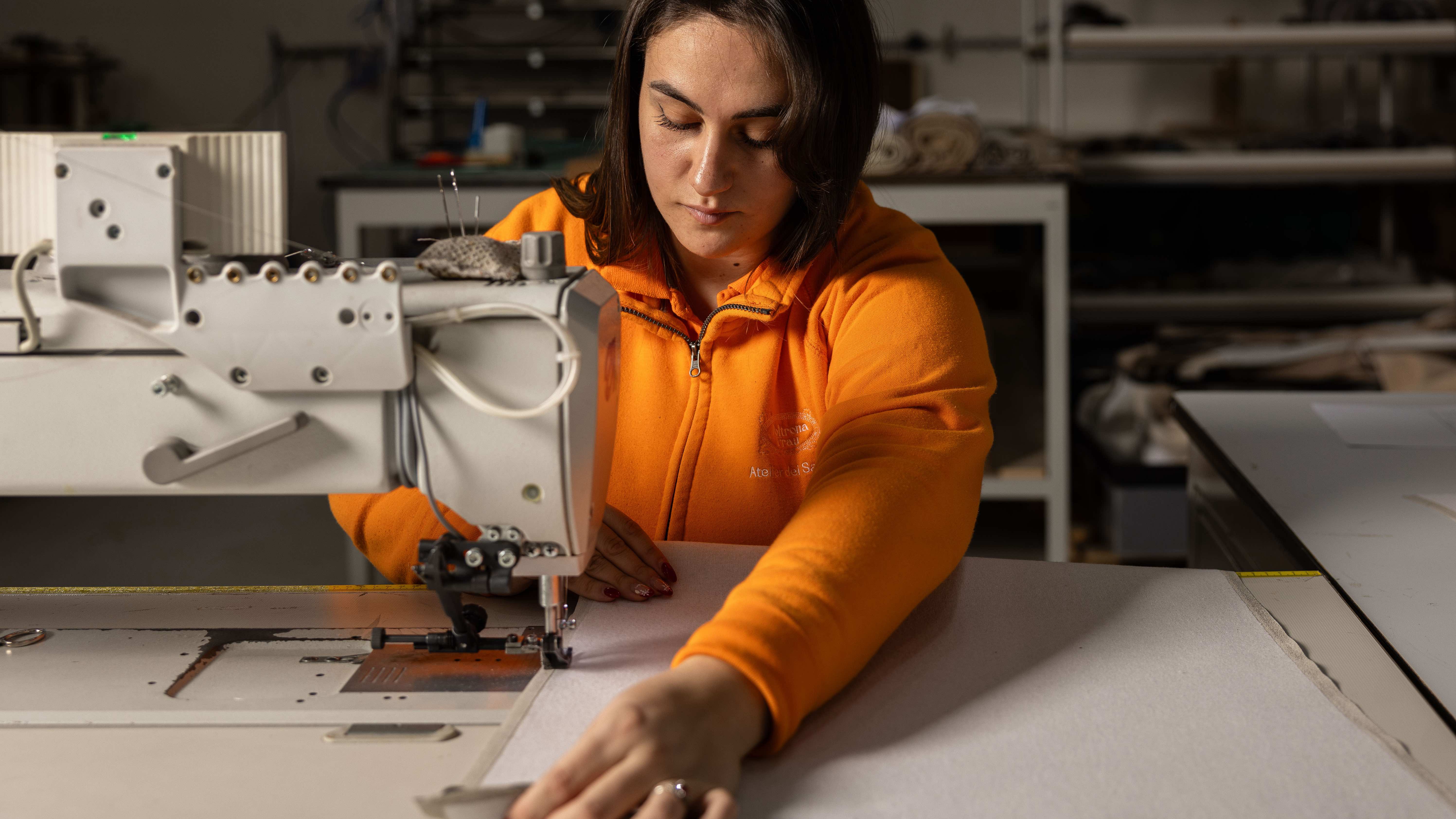 Through an innovative new training program, Poltrona Frau aims to safeguard Italian craft
Through an innovative new training program, Poltrona Frau aims to safeguard Italian craftThe heritage furniture manufacturer is training a new generation of leather artisans
By Cristina Kiran Piotti